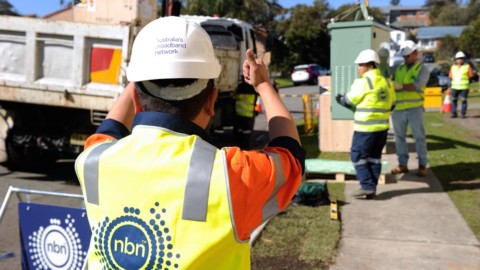by Natalie Hunter, Vice President National Utility Locating Contractors Association
Over recent months I have been attending various locator meetings and forums. A common topic that has always popped up in discussions is what could have been done differently to better protect our underground assets, whether it is from the locator, site works team or asset owner’s perspective. The following is a brief insight into situations encountered by locators where underground assets have been left vulnerable, and what could be done to improve the situation.
How a locator can help
Site markings – make sure your client understands your colour coding, service abbreviations and quality levels if need be. In a perfect world, everyone would use and understand AS5488, but this is not always possible. When I work at night I cannot see blue paint on green grass, so I have to make adjustments. Some companies have their own colour coding system to avoid damages. There have been many times where communication cables have been marked in white, only for a third party to turn up and damage the cable because they thought it was their excavation markers. Coding and colours are a crucial part of site communication.
Communication – if you have been unable to locate a particular service that is listed on plans, ensure you have documented this and notified your client. Suggest an alternative way to try to locate the service, or whether there is there a way the client’s job can safely proceed. The client can then decide which way is a suitable/cost effective/reliable way to continue.
What can we do during site works?
Maintaining site markings – quite often a site services search will be coordinated at the beginning of a project. The locator has been to site and used spot paint or a peg system to mark locations, but as the job progresses and excavating and building has commenced, the pegs and marks have been lost. This means the landscaper might turn up and while planting a tree damages a service. If the service locations are required for the duration of the project then project management needs to either have the locations surveyed/reported, or ensure the service locator returns to refresh the markings prior to possibly damaging works commencing.
Understanding site markings – if you have taken the time to engage a service locator, then give them the time to walk through the site and communicate their findings to you. Some sites now need a services search so they can tick a box for work to proceed by obtaining a dig permit, but the services found may impact the safety of your staff, other contractors and the public.
Can asset owners help protect services?
A locator had previously located Company A’s optic fibre along a road by directly connecting to a trace wire. The same locator returned to the site 12 months later and found that Company B has now run an optic fibre through Company A’s conduit and the trace wire was gone. There was approximately 1km between pits and the job site was in the centre of the two pits. The locator could not connect to a trace wire anymore and there was too great of a distance between pits to insert a trace rod. Ground-penetrating radar was used, but due to the ground being clay no result was achieved. The optic fibres are now both susceptible to damage because they cannot be electronically located due to someone removing the trace wire.
Greater use of electronic marker systems – it is a requirement of Telstra Accredited Plant Locators to have an EMS/transponder locator as part of their tool kit to locate optic fibre. Many locating contractors I have spoken with have a multi-frequency EMS locator; therefore it can be used for not only communications but also for water, sewer, electricity and gas purposes. These electronic marker systems often look like a ball, disc or carrot, but are great markers in such instances where there may be empty conduits left in situ for future use, non metallic pipes crossing roadways or where pit access may have been built over. For example, earthworks that have covered sewer manholes around sports fields to build a hill for spectators.
Plans – the more information that can be provided about assets in the ground the better, even if the asset is disused. For example, there may be a disused CICL water pipe still in the ground with a replaced UPVC section but only the UPVC pipe is shown on plan.
If you need any further advice please visit the National Utility Locating Contractors Association (NULCA) website, www.nulca.com.au, for a list of NULCA member locators for your state.














